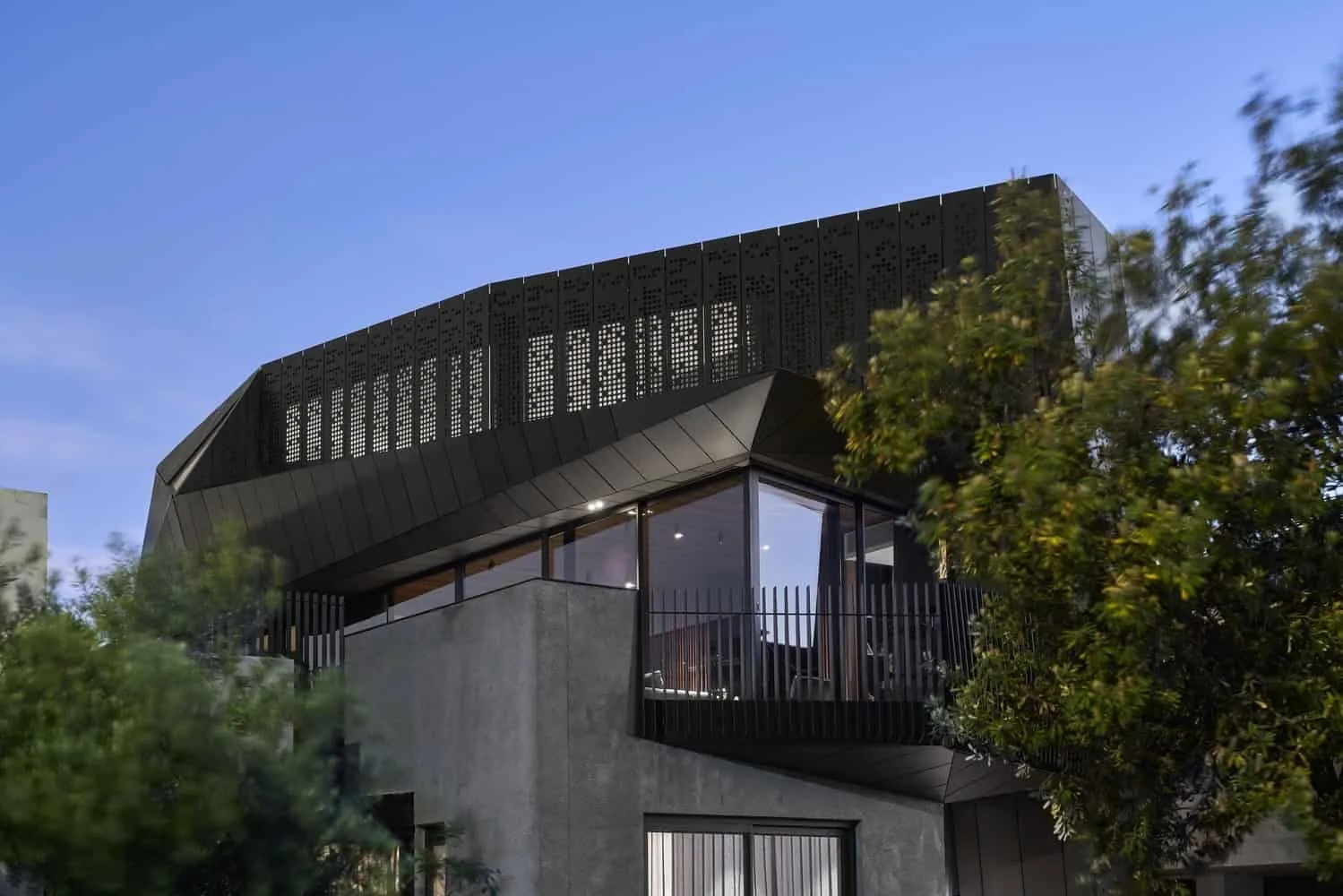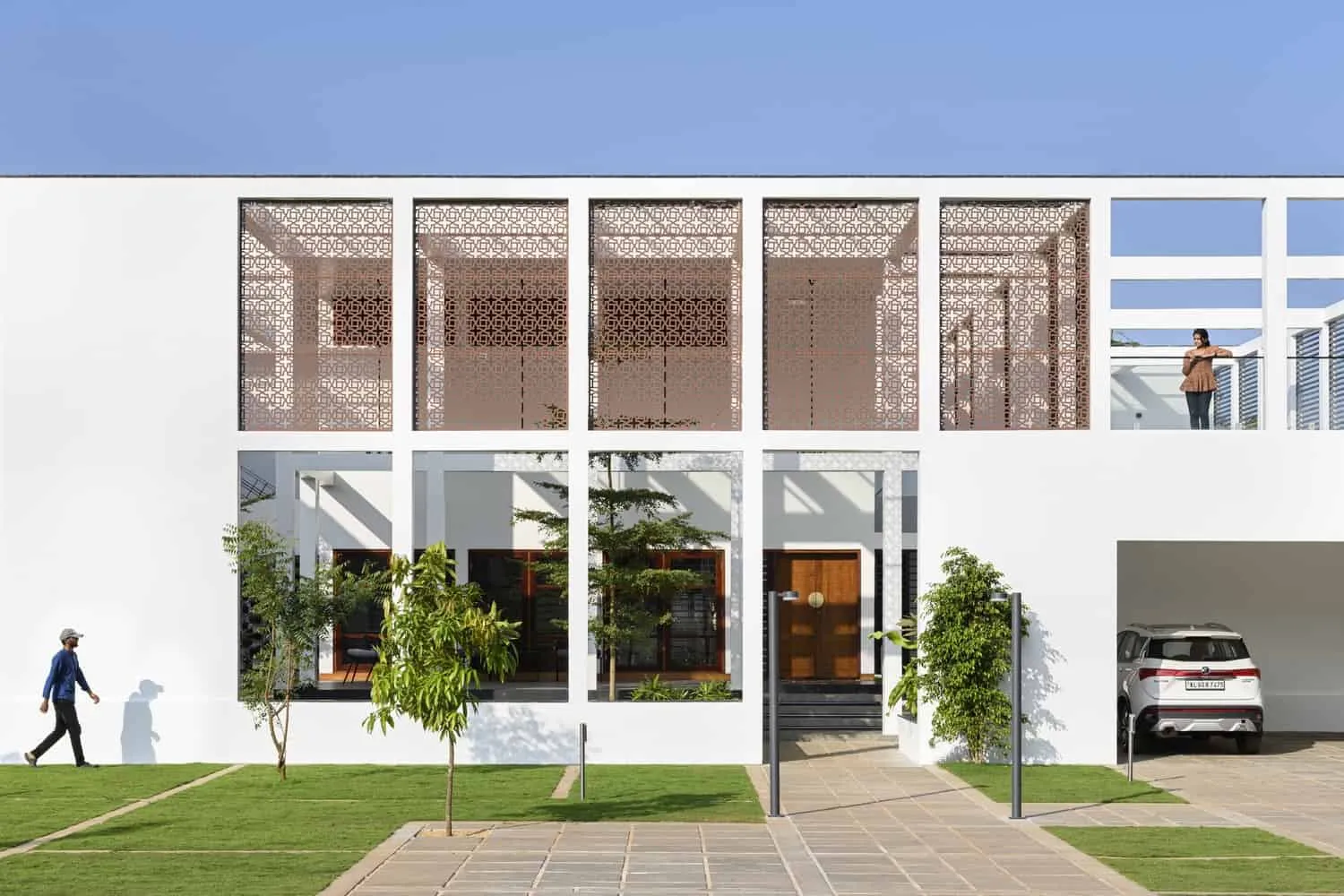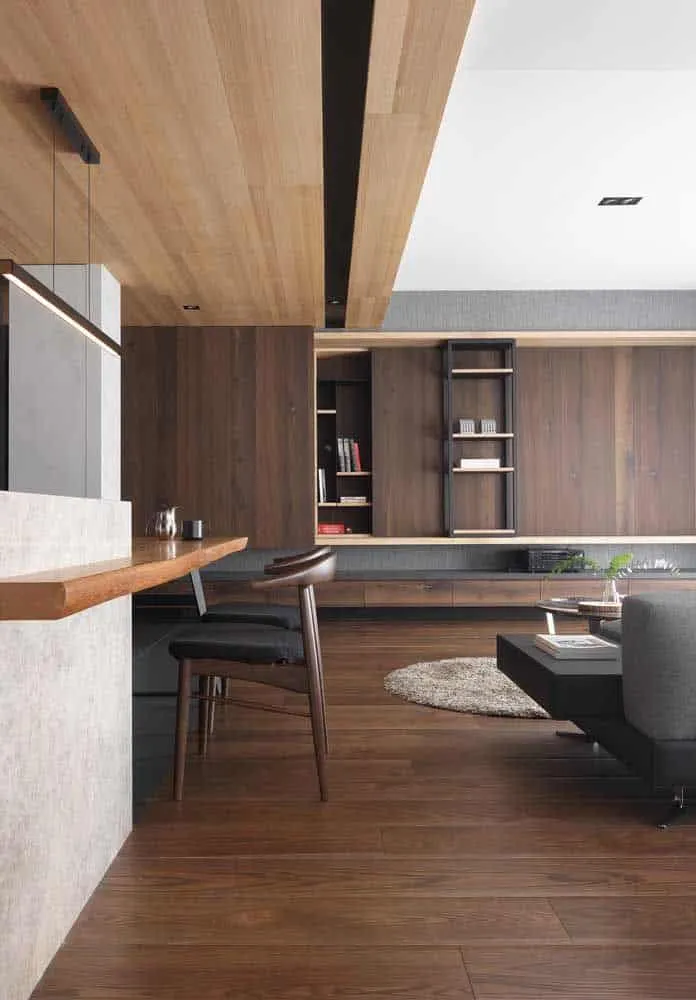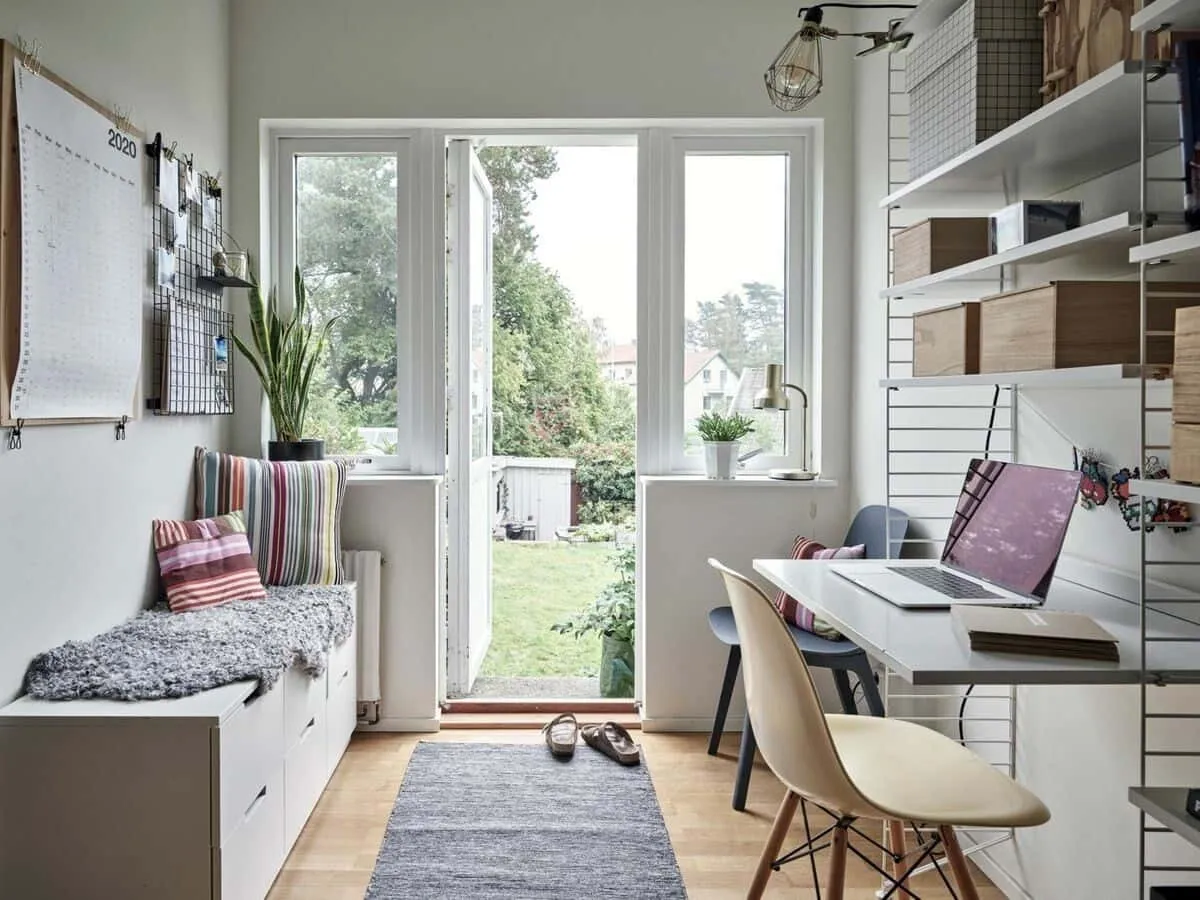There can be your advertisement
300x150
Tips for Home Design to Keep It Cool Inside
Home design is not only about aesthetics, but also plays a vital role in creating a comfortable living environment. Effective home design can keep your house cool during warm weather, reducing reliance on air conditioning and promoting energy efficiency. This includes mindful selection and placement of materials, strategic window positioning for natural ventilation, and integrating greenery into living spaces. Let's explore several tips for home design that can transform your interior spaces into a cool and pleasant sanctuary during hot weather.

1. Ensure a Functional Heating, Ventilation and Air Conditioning System
Regular inspections, timely repairs, and system updates play a crucial role in maintaining effective HVAC performance. This means periodic filter replacements, cleaning ducts of dust and debris, and proactively addressing mechanical issues. An optimized HVAC system not only cools your home efficiently but also reduces energy consumption, leading to lower utility bills. For homeowners in Tennessee seeking professional HVAC maintenance services, Rapid HVAC in BENTWOODS TN can ensure your cooling system remains in excellent condition year-round. A functional HVAC system is a key element in maintaining coolness and comfort inside the house during warm weather.
2. Use Light-Colored Fabrics for Furniture and Bedding
Light-colored fabrics, especially for furniture and bedding, can significantly impact the indoor temperature. Light colors like white, beige, or pastel shades reflect heat and sunlight, unlike dark colors that absorb it and may unintentionally warm up the room. This principle is particularly effective for large furniture pieces that occupy a significant surface area, such as sofas and bedding.
Additionally, light-colored fabrics are known for creating a sense of freshness and spaciousness, contributing to the perception of cooler room temperatures. Therefore, using light or even white sheets, upholstery, and curtains can play a vital role in maintaining a comfortable, cool indoor environment during warm weather. Whether you're planning to buy new furniture or simply refresh existing pieces, light fabric is an excellent choice.
3. Utilize Natural Ventilation
This strategy uses wind and buoyancy to bring fresh air into the building through doors, windows, and other openings while removing hot air. Proper placement and sizing of these openings are critical for an efficient natural ventilation system. For example, place windows on opposite walls to create a cross-breeze that allows cool air to enter the home and push out hot air.

To maximize the effectiveness of natural ventilation, utilize the stack effect. Hot air rises due to lower density. Install vents or windows at a higher level (such as gable windows or attic vents) to provide an exit path for hot air. As it leaves, a vacuum is created that pulls in cooler air from lower openings, establishing a natural ventilation cycle.
4. Create Shade Using Trees, Shrubs and Vines
Trees, shrubs, and vines can provide effective shade for the exterior of your home. This helps block sunlight before it reaches the building. The size and placement of these plants are key factors in achieving optimal shade. Positioning trees and plants on the eastern or western sides helps block the strongest solar rays.
To create shade in summer and allow sunlight to enter during winter when cooling needs are reduced, consider planting broad-leaved deciduous trees. Green walls or living walls also provide shade and insulation while adding aesthetic appeal to the exterior of your home. Well-chosen green plantings can transform your outdoor space into a pleasant retreat.
5. Install Insulating Window Films
These films reflect heat and sunlight, reducing the amount of heat entering your home. This helps maintain coolness inside during summer while increasing privacy by limiting visibility from outside. There are numerous shades and finishes that can complement your home's aesthetics while delivering functional benefits.
Installing insulating window films is a simple process that requires no structural modifications. They can be applied directly onto existing windows, forming a thin invisible barrier that blocks heat transfer. This addition enhances your home's energy efficiency by reducing reliance on air conditioning and lowering utility bills.
6. Choose Furniture That Also Serves as Storage
Maximizing storage space helps reduce clutter and keeps indoor temperatures lower. Less furniture means less heat or sunlight is reflected, lowering the internal temperature. Hiding items such as books, bedding, and toys in storage units reduces clutter and helps keep the room cool.
You can choose furniture options that also function as storage, such as side tables and beds with drawers underneath. These are a great alternative to traditional storage solutions since they take up little floor space but offer sufficient capacity. Additionally, they are available in various shapes, sizes and styles that can be adapted to match your home's design.
Following these home design tips, you can create a cool indoor environment without using air conditioning. This is not only cost-effective but also beneficial for the planet since it reduces dependence on energy-intensive solutions. Proper HVAC maintenance, along with smart home design elements like natural ventilation and insulating window films, significantly reduce energy consumption and ensure a comfortable living experience.
More articles:
 Hanna Villa by Eade Va Ejra: Overlapping Cubes Create a Private Oasis in Kashan
Hanna Villa by Eade Va Ejra: Overlapping Cubes Create a Private Oasis in Kashan Ideas for Parquet Flooring in Different Rooms and New Trends
Ideas for Parquet Flooring in Different Rooms and New Trends Harold House by Coy Yiontis Architects in Middle Park, Melbourne
Harold House by Coy Yiontis Architects in Middle Park, Melbourne Harris House by Studio Acis in Kanhangad, India
Harris House by Studio Acis in Kanhangad, India Scary Beautiful Halloween Living Room Ideas
Scary Beautiful Halloween Living Room Ideas Have You Ever Thought About Laminated Floating Floor Installation
Have You Ever Thought About Laminated Floating Floor Installation Soft Chair Brings More Comfort to Your Space
Soft Chair Brings More Comfort to Your Space Fresh Nordic Style in Summer Is Still Possible
Fresh Nordic Style in Summer Is Still Possible